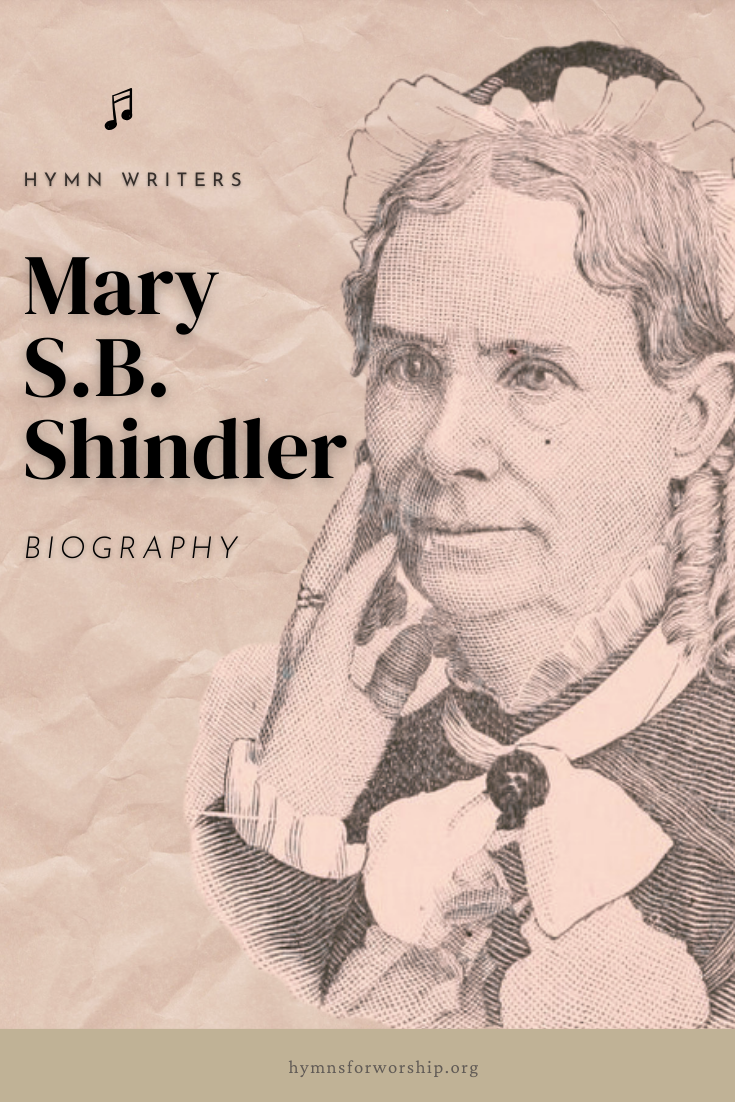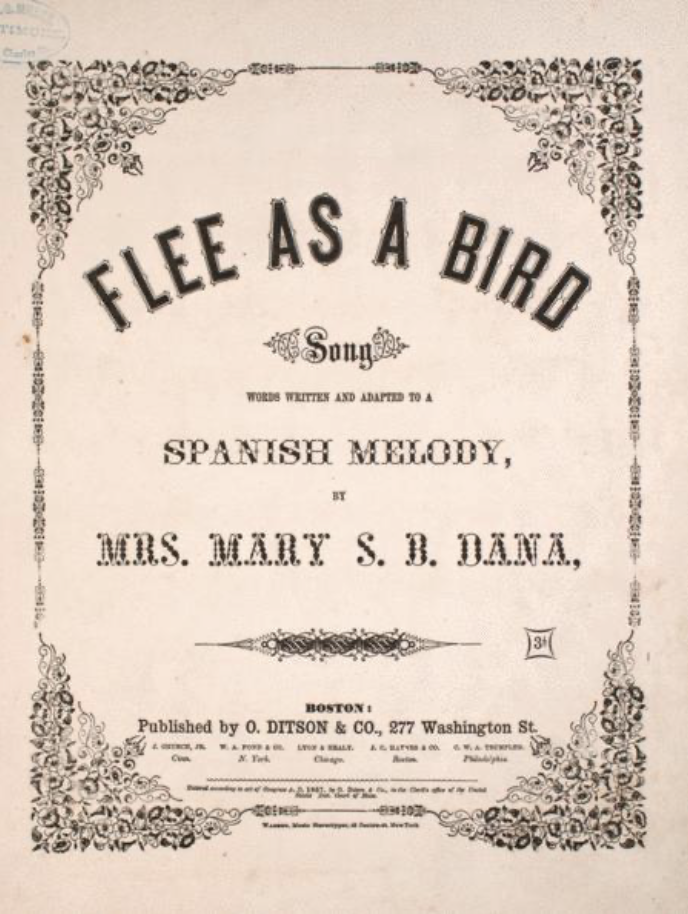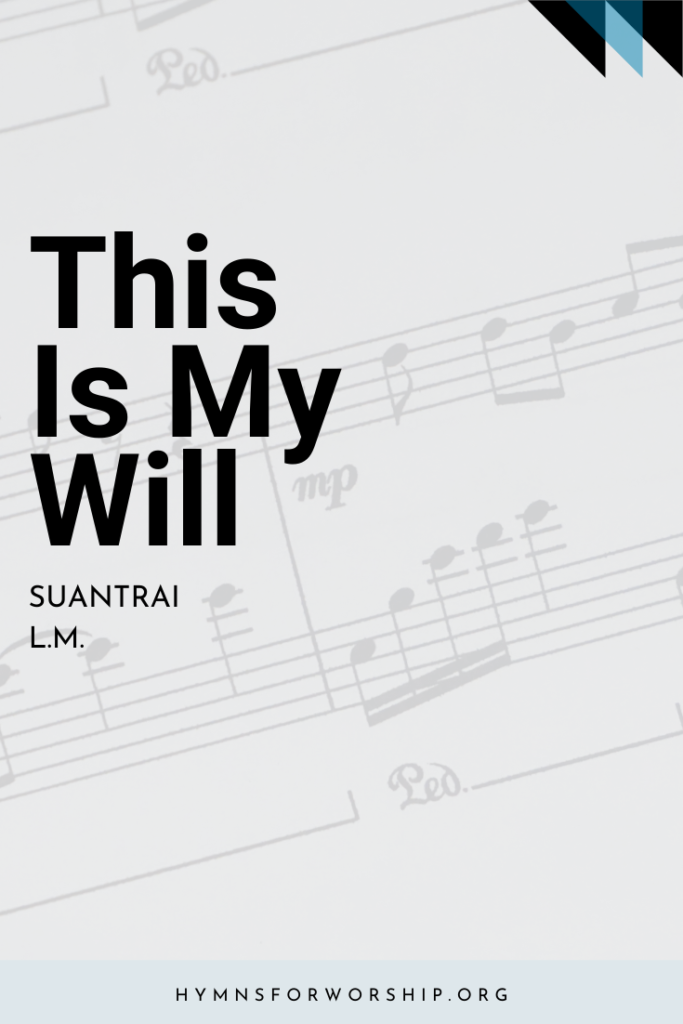
Gallery

BIRTH & DEATH
b: 15 February 1810; Beaufort, South Carolina
d: 8 February 1883; Nacogdoches, Texas
EDUCATION
In Charleston, she was educated by the Misses Ramsay, the daughters of Dr. David Ramsay, the historian, and granddaughters, on the maternal side, of John Laurens, who figured conspicuously in the early history of the American Revolution.
The summer of 1825, her parents spent in Hartford, Connecticut, and she was placed for six months at the seminary of the Rev. Mr. Emerson, in the neighbouring town of Wethersfield.
In 1826, she was placed at a young ladies’ seminary in Elizabethtown, New Jersey, with the expectation of remaining eighteen months, in the hope that so long a residence in the North would invigorate her constitution, which was rather delicate; but she pined for her Southern home, and at the expiration of six months, was allowed to return to her parents.
She subsequently spent several months at the seminary of the Rev. Claudius Herrick, in New Haven, Connecticut.
HIGHLIGHTS & ACCOMPLISHMENTS
Author of several literary and religious books and numerous magazine articles
* The Southern Harp (Boston, 1840) – poetry set to pre-existing tunes
* The Northern Harp (New York, 1841) – poetry set to pre-existing tunes
* The Parted Family, and other Poems (1842)
* The Temperance Lyre (New York: Dayton & Newman, 1842)
* Charles Morton, or the Young Patriot (1843)
* The Young Sailor (1844)
* Forecastle Tour (1844)
* Letters to Relatives and Friends on the Trinity (1845)
* Song Book (Boston: Oliver Ditson, 1858)
* The Western Harp (Boston, 1860)
* A Southerner among the Spirits (1877)
* United States Labor Greenback Song Book (New Rochelle, New York, 1879).
Two most popular pieces, ‘‘Flee as a Bird’’ and ‘‘The Ruler’s Daughter’’, come from [Northern Harp and]…were later issued as sheet music by [Boston publisher] Oliver Ditson. Both songs are arrangements of unidentified tunes listed only as a ‘‘Spanish air’’ and a ‘‘French air’’.’ “Flee as a Bird” is an extremely successful piece which have been adopted into a variety of styles, running the gamut from keyboard variation to gospel hymn.
Hymns written by Mary Shindler set to music by other composers include ‘Come, sing to me of heaven’ (or ‘O sing to me of heaven’), ‘Once upon the heaving ocean’, the temperance hymn ‘Sparkling and bright in its liquid light’, and ‘I’m a pilgrim and I’m a stranger, I can tarry, I can tarry but a night.’
FAMILY
Mary’s full name before her first marriage was Mary Stanley Bunce Palmer.
Her father, Benjamin Morgan Palmer (1781-1847) graduated from the College of New Jersey (now Princeton University) in 1800, pastored Congregational and Presbyterian churches in South Carolina, and was director of the Princeton Theological Seminary (1825-1832).
Her mother was Mary Stanley Bunce (1784–1847)
She is the cousin of the famous Benjamin Morgan Palmer, (1818-1902) who was named after her father, but actually the son of her uncle Rev. Edward Palmer to her mother’s sister, Sarah Bunce. He was a proponent of slavery and secession. The Palmer Park in New Orleans was named after him when he got hit by a streetcar but later changed to Marsalis Harmony Park due to his racist background.
In 1835, she married Charles Eleutheros Dana (nda-1839) and in 1838 moved to Bloomington, Muscatine County, Iowa Territory. The next year, both her husband and son died, and Mary returned to Charleston, South Carolina.
In 1848, she married Robert Doyne Shindler (1814-1874), an Episcopal priest from Virginia. In 1868, after living in Maryland, Kentucky, and Tennessee, the couple moved to Nacogdoches, Texas, where Robert Shindler was the rector of Christ Episcopal Church. Robert Shindler was the principal of the Female Institute in Ripley, Tennessee, and Mary taught music there.
FAITH, SPIRITUALITY & RELIGION
In the early 1840s, she experienced a change in her religious views, which attracted considerable attention, and led to her next publication. She had been bred a Calvinist, but during the year 1844, she began to entertain doubts about the doctrine of the Trinity. According to the Companion to the SDA Hymnal, she at one point heard William Miller’s preaching and became a Millerite. Early in 1845, she avowed herself a Unitarian. In 1848, she became an Episcopalian.Her views on the subject of the Trinity also experienced a change, reverting to their original form, and putting her in communion with the church of her husband. During a temporary residence in Memphis, she edited The Voice of Truth, a journal devoted to the interests of spiritualism and reform.
HYMNS INCLUDED IN THE SEVENTH-DAY ADVENTIST HYMNAL
Her most widely published hymn is ‘I’m a pilgrim and I’m a stranger, I can tarry, I can tarry but a night.’
CLARK KIMBERLING. “Mary Shindler.” The Canterbury Dictionary of Hymnology. Canterbury Press, accessed September 9, 2023, http://www.hymnology.co.uk/m/mary-shindler.
Mary S.B. Shindler. (2023, September 9). In Wikipedia. https://en.wikipedia.org/wiki/Mary_S._B._Shindler
“Mary S.B. Dana.” Companion to SDA Hymnal, Review and Herald. USA, 1985.




